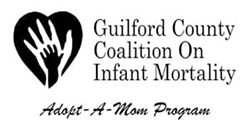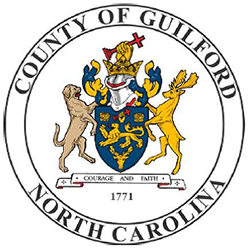Domain of Program Quality: Referrals & Partnerships
Communities often host a range of health and human services serving children and families, each addressing a different set of needs at different stages of life. A growing body of research finds communities benefit from an interdisciplinary set of providers working in concert; in different words, a coordination of care. Strong care coordination networks ensure families access the resources they need when they need them. This level of interconnectivity requires effective, sustainable systems of care coordination and for service providers to actively participate in their upkeep. In practice, care coordination often takes the form of referrals and/or partnerships.
Referrals are the processes through which one provider, having insufficient resources to address all of a client’s existing and projected needs, seeks the assistance of another provider(s) that can either assist with or assume the client’s care.
Partnerships are the close, formal relationships among providers that rely on one another to deliver services to their clients.
Best Practices for Referrals
Systematic Use of Referral Systems & Data Tracking
Strong referral practices rely on providers using agreed-upon referral protocols outlining when to refer clients, the steps to do so, and data both initiators and receivers need to assess client treatment options. In general, web-based referrals more reliably ensure that referrals happen on time and with the information providers need.
Maintain Up-To-Date Resource Directories
Providers are equipped to make relevant and timely referrals when they develop and continually update lists of providers that meet certain requirements (e.g., eligibility requirements, location) and ensure that these lists are easily accessible by relevant providers.
Create & Standardize Referral Feedback Loops
With service recipient consent, creating and adhering to referral feedback loops helps ensure that service recipients receive the treatment they need after a referral is made and that initiators and receivers are informed of service results.
Best Practices for Partnerships
Align Partnership’s Purpose & Success Criteria
This begins with understanding the partner’s individual goals and values and how they buy into the goals and values of the partnership. The partnership purpose and sub-goals should be made explicit, as well as how and when partners confirm they are on track toward meeting them.
Share Accountability To Partnership Responsibilities
This begins with explicit and co-developed documentation of what work is required to achieve the partnership goals as well as who is responsible. In practice, this is often done through a Memorandum of Understanding.
Open & Consistent Communication
Healthy communication includes scheduled regular face-to-face meetings to review shared clients, scheduled periodic meetings to discuss broader operational and strategic items, and regular emails and phone calls as needed. Establishing codes of conduct and communication protocol ensures all partners are aware of what needs to be communicated, how, and how often.
Adapt & Learn With Partners
Over its lifetime, a partnership may see its needs, constraints, and opportunities evolve. It is important that the partnership identify when change is needed and how partners can use the change to grow — for example, holding staff trainings to build new skill sets or updating information systems to increase their effectiveness.
Read more about Referrals & Partnerships.
Referrals & Partnerships Case Studies
Visit our Continuous Quality Improvement Resource Library to learn more about CQI for social service providers.


